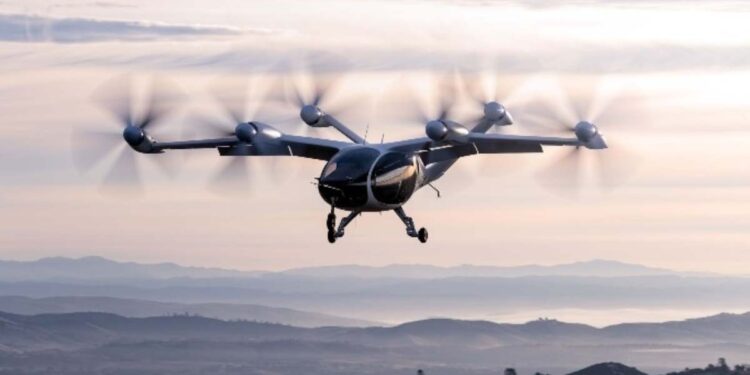The European Commission has adopted a regulatory package this week focused on VTOL operations or air taxis, with the aim of unifying and streamlining the regulatory landscape in all Member States of the European Union, improving oversight and operational safety standards.
Specifically, the package focuses on two emerging areas of aviation: manned aircraft capable of vertical takeoff and landing, often referred to as manned VTOLs or air taxis, which are small commercial aircraft that carry out short on-demand flights, as well as operations with higher-risk unmanned drones or the so-called “specific category”.
According to the EU Commissioner for Transport, Adina Valean, with this regulatory framework, the EU reaffirms its position as a global leader in aviation safety and innovation.
“This initiative promises to unlock the full potential of innovative air mobility, setting new standards for urban transportation in the 21st century and beyond,” she highlighted.
Among the measures, new certification requirements and procedures for airworthiness will be introduced throughout the EU for manned and unmanned VTOLs, addressing both physical integrity and digital security risks that could affect their safe operation.
They also include requirements for air taxi pilot licensing, standards on airspace integration (definition of flight paths or takeoff and landing rules), as well as specific standards that allow these aircraft to perform emergency medical services and rescue operations.
In addition, the European Union Aviation Safety Agency (EASA) has warned in a statement that air taxis will also require its own certification before such services can start operating in Europe.
The package is a “key” action of the EU’s Strategy 2.0 on drones, adopted in November 2022, whose aim is to promote a smart and sustainable unmanned aircraft sector throughout Europe. It complements the Regulation on unmanned airspace, which came into force in 2023.


